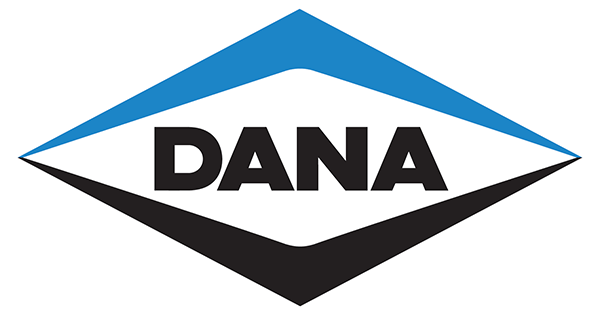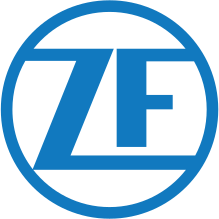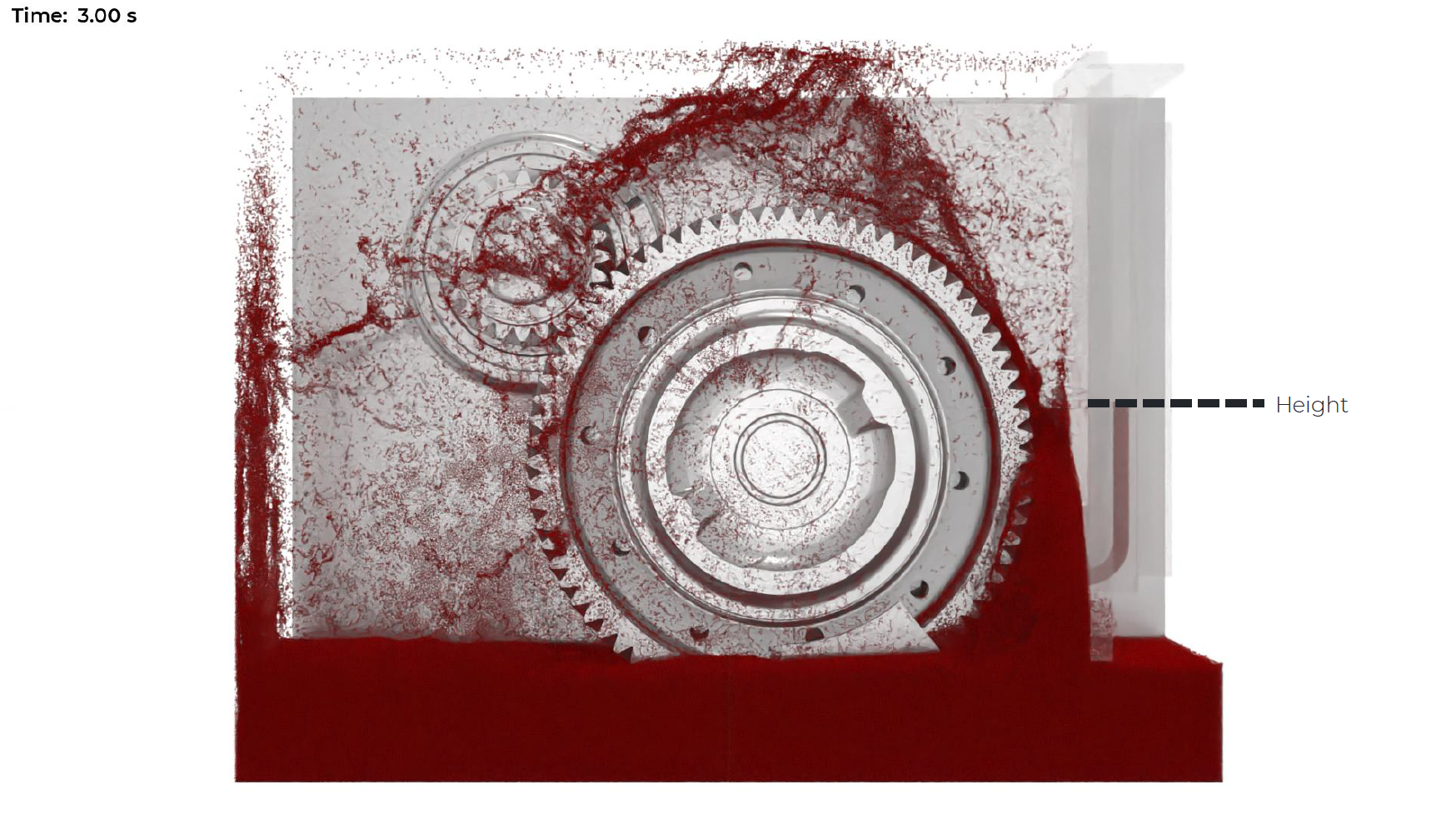Electric Motor
Simulation
Analyze your electric motor design, whether if it is a hairpin motor, a coil motor, an innovative cooling method, or more.
Formula Gearbox
Industrial Gearbox
Automatic Transmission
Leading Engineering Companies Choose Our Simulation Software
.png)
.png)
.png)


.png)
.png)
.png)
No items found.
Simulate What You Couldn’t Before
Innovative & Reliable
.png)
Direct Oil Cooling
Analyze heat transfer and temperature distribution of active cooling systems, improving coolant flow efficiency and allowing higher power density in your electric motor designs.
.png)
Water-Jacket Cooling
Optimize coolant flow efficiency by analyzing heat transfer and temperature distribution of water-cooled electric motors or hybrid cooling systems.
.jpeg)
Trickling Impregnation
Simulate the resin flow in winding impregnation when manufacturing electric motor stators and rotors. Analyze capillary effects and the influence of resin viscosities and temperatures in different motor designs to ensure process quality and high filling grades.
.png)
Roll Dip Impregnation
Analyze resin flow, viscosity, temperature, and capillary effects in motor winding impregnation to optimize quality, filling grades, and time-efficient production of stators and rotors.

Empower Your Engineering Projects with Dive's Advanced Simulation Tool
Discover the Perfect Fit for Your Industry Needs.

SEW-2025-iCoG
agreement with experiments
Hybrid method enables housing temperature prediction with high accuracy.

Publication

Schaeffler-2025-VDI-GleitUWL
faster TTR
Efficient analysis methods and a broad availabitly support insights beyond standard methods

Publication

Nvidia-2025-Nafems-World
faster than 120-core CPU
Cloud GPU architecture reduce costs by up to 10x and speeds up to 240x

Publication
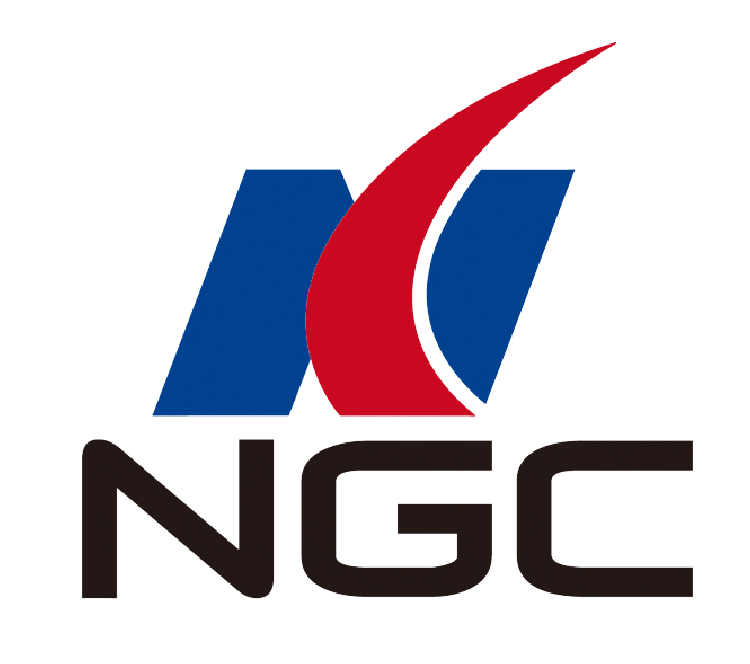
NGC-2025-CWD
Reliable Methodology
V-model inspired methodology enables a simple full-system analysis

Publication

NGC-2025-iCoG
Reduction in churning losses
Improved design saves 21kW and helps supply an additional 23 households with renewable energies

Publication

NGC-2024-Nafems America
Project-time for optimized version
Parallel analysis of 9 configuraitons shows optimal design

Publication

Miele-2025-Nafems-SSuT
Enablement
Reduced Order Model trained with Synthetic Data predicts defects in pumps
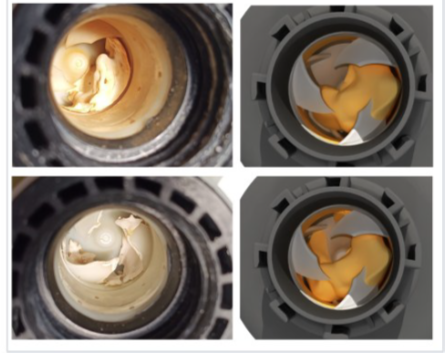
Publication
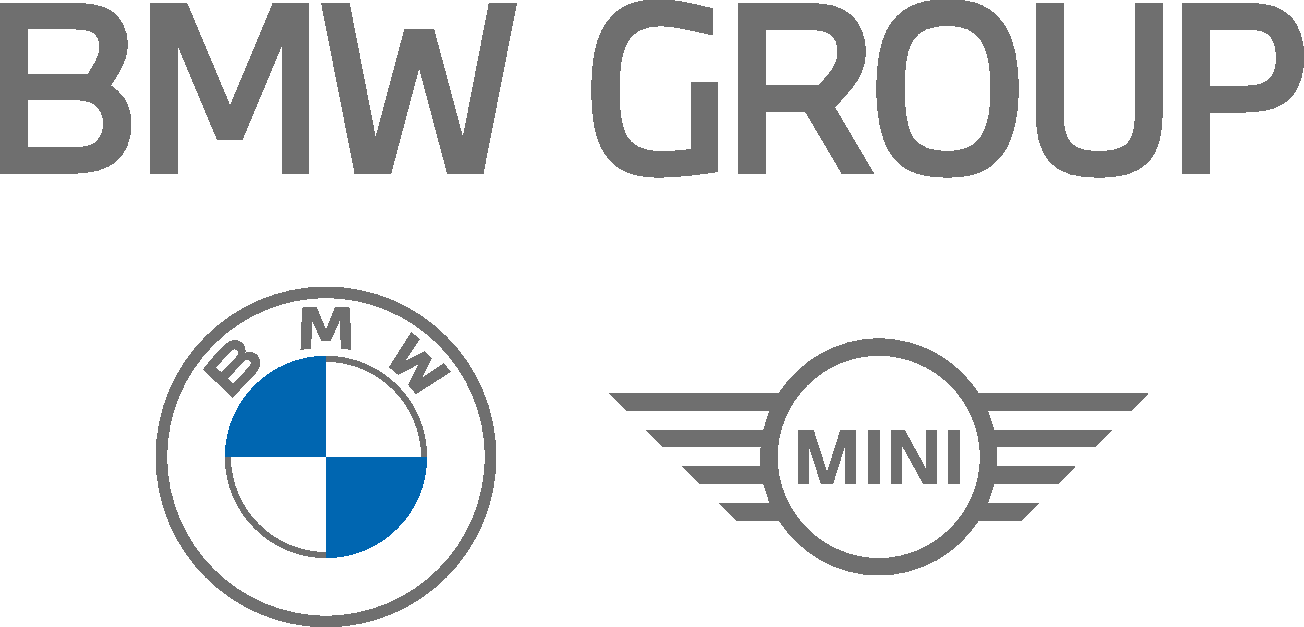
BMW-2025-Nafems-World
Faster TTR w/o Extra cost
At least 5x Faster TaT in peak load scenarios compared to On-premise
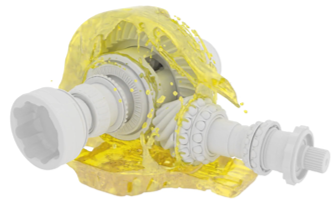
Publication

BSH-2024-SPHERIC
Application
Only available solver that accurately captures water flow and wetting of laundry in washing machines.

Publication
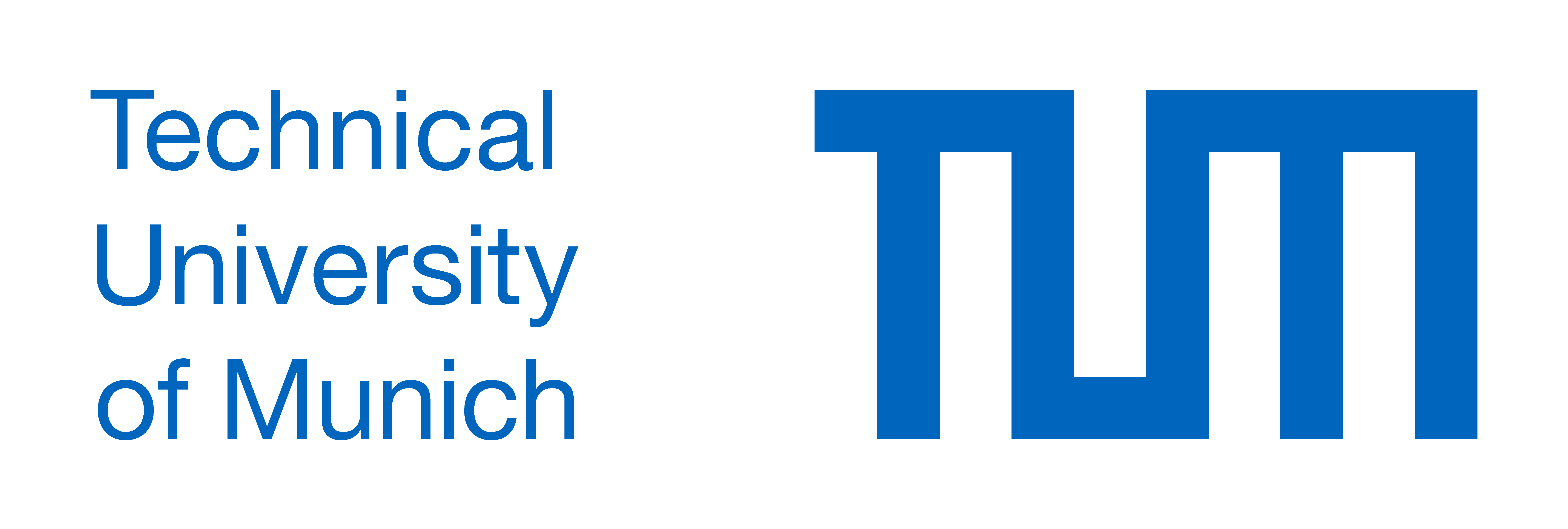
TU-Munich-2024-SPHERIC
Faster Time to Result
Non-Newtonian (shear rate dependent) materials simulated in industrial cases.

Publication

Kaercher-2024-SPHERIC
Faster Time to Market
Virtual testing provides information without waiting for prototypes close to series production.

Publication

Fraunhofer-TU Berlin-2024-SPHERIC
Reduction in Coolant Consumption
Innovative tooling design leads to optimized cooling behavior.

Publication

Kaercher-2022-Nafems-DACH
Faster Design Study
Fast meshing-free setups reduced oil and casting material for more sustainable products.
.png)
Publication

Schaeffler-2024-Spheric
Cost Reduction
Automatable setups enable specific, sustainable and high efficiency drivetrain solutions.

Publication
.png)
Kessler-2024-SPHERIC
Reduction in Churning Losses
Optimization of design spaces significantly reduces losses and oil dwelling time.
.png)
Publication
.png)
NGC-2023-iCoG
More Effective Lubrication
Virtual design space exploration avoids wind power plant downtime from wear.
.png)
Publication

SEW-2024-SPHERIC
Design Validation
Oil distribution of different designs is analyzed under a wide range of boundary conditions.
.png)
Publication

Dive-2024-Nafems-DACH
Speed-up
Accurate prediction of heat transfer in e-motor allows rapid design space exploration.
.jpeg)
Publication

TU-Dresden-2023-AGMA-FTM
Faster than Testing New Prototypes
Replicating a full test rig run of 2 weeks with 6 hours of simulation.
.png)
Publication
.png)
Dive-2024-AGMA-FTM
Shorter Development Time
Evaluating 144 cooling nozzle variations in parallel, fully automated.
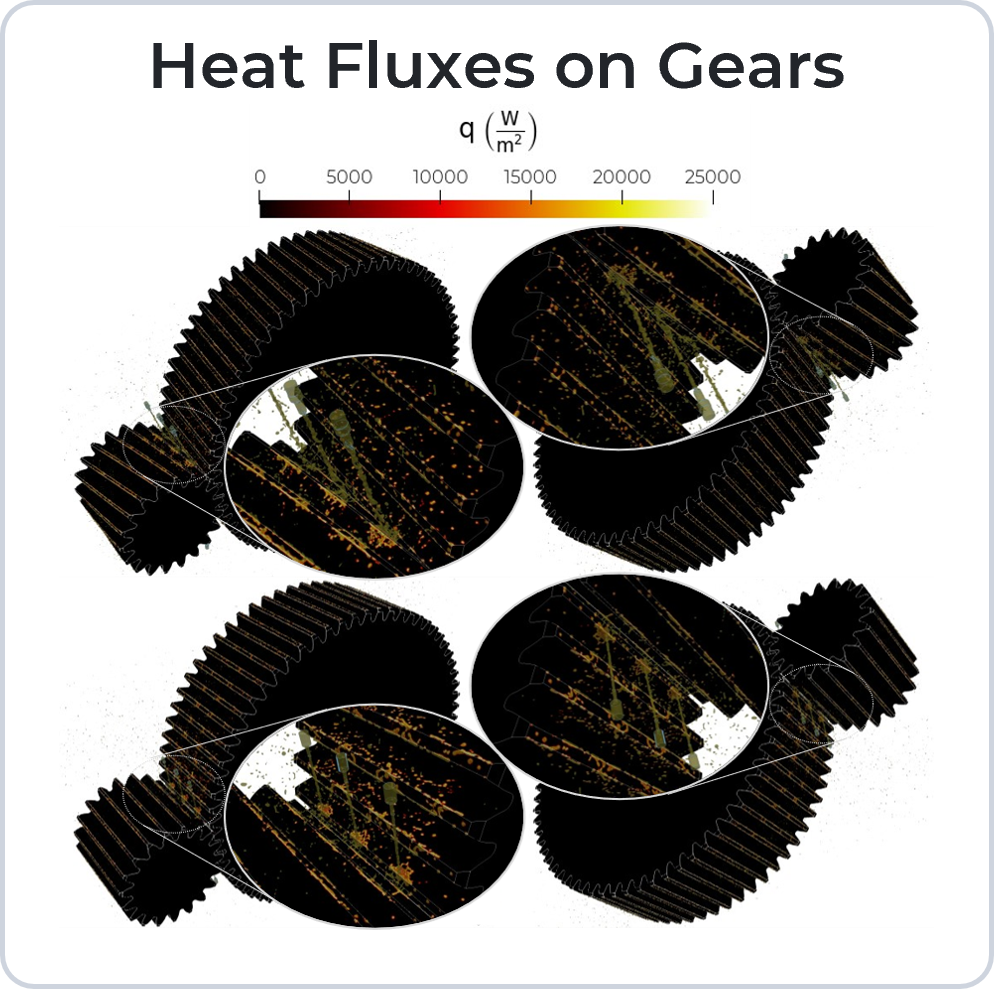
Publication

48x
Speed-up
Accurate prediction of heat transfer in e-motor allows rapid design space exploration.
.jpeg)
Publication

Parallel
Design Validation
Oil distribution of different designs is analyzed under a wide range of boundary conditions.
.png)
Publication
.png)
40%
Reduction in Churning Losses
Optimization of design spaces significantly reduces losses and oil dwelling time.
.png)
Publication

90%
Cost Reduction
Automatable setups enable specific, sustainable and high efficiency drivetrain solutions.

Publication
.png)
90%
Shorter Development Time
Evaluating 144 cooling nozzle variations in parallel, fully automated.

Publication
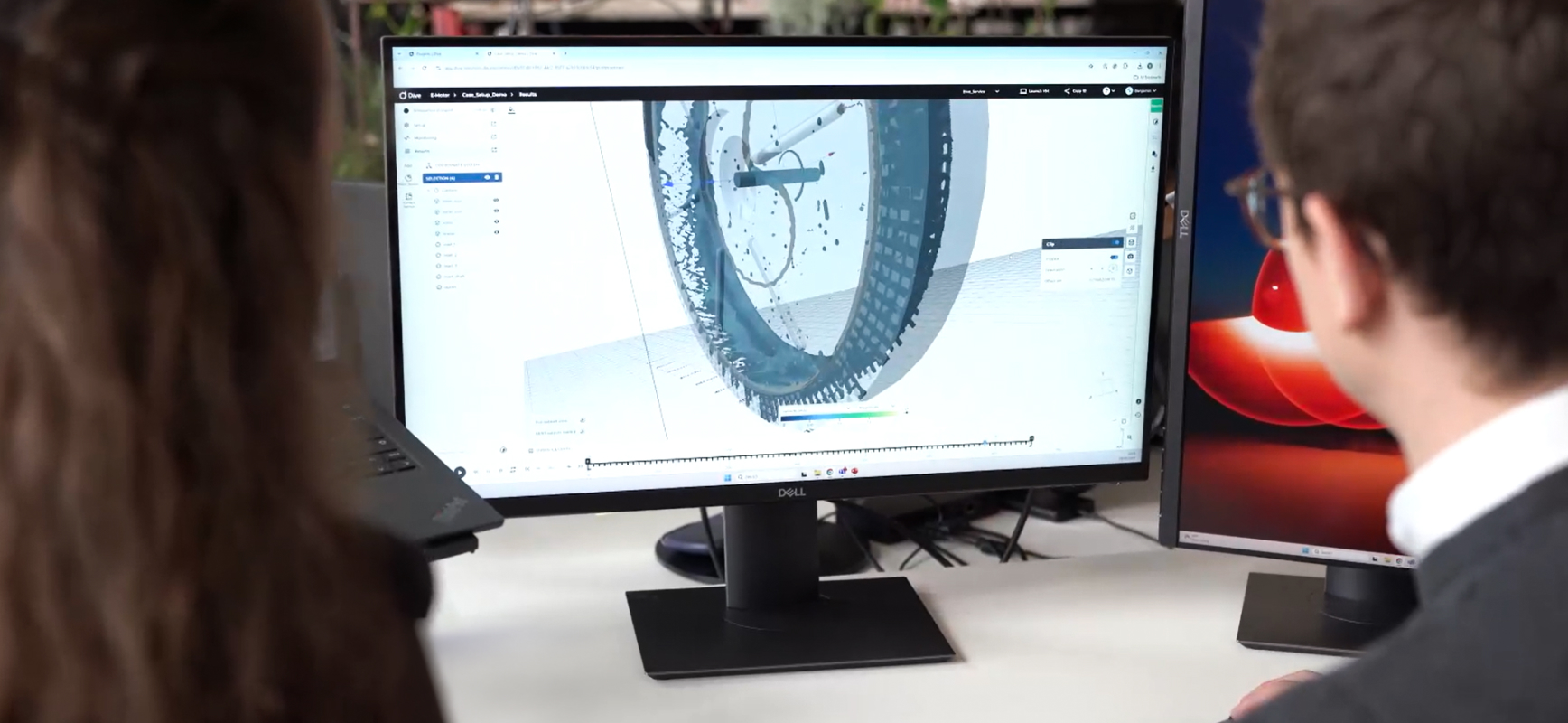
Trusted by Engineering Organizations of All Sizes







